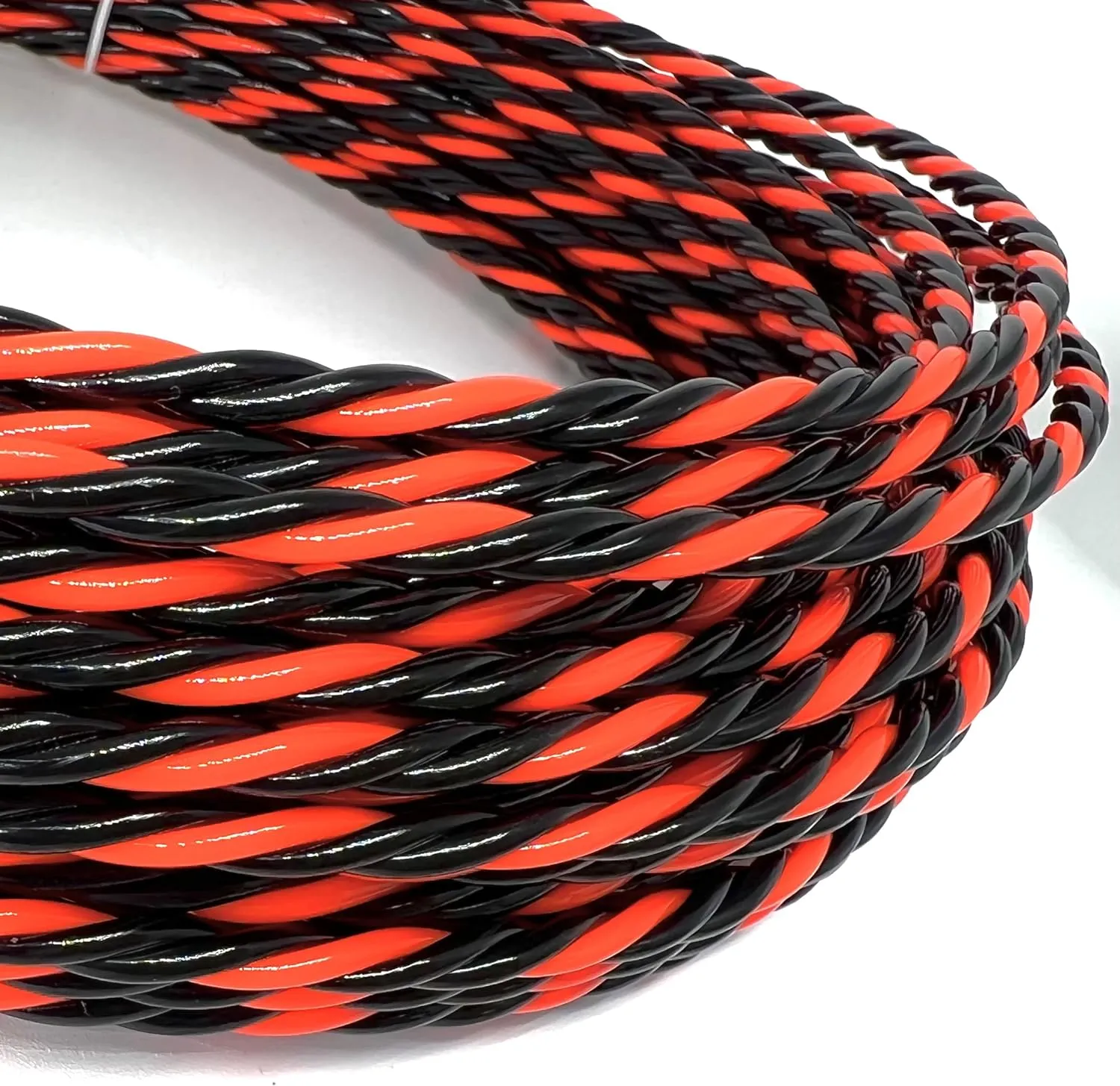
-
 Afrikaans
Afrikaans -
 Albanian
Albanian -
 Amharic
Amharic -
 Arabic
Arabic -
 Armenian
Armenian -
 Azerbaijani
Azerbaijani -
 Basque
Basque -
 Belarusian
Belarusian -
 Bengali
Bengali -
 Bosnian
Bosnian -
 Bulgarian
Bulgarian -
 Catalan
Catalan -
 Cebuano
Cebuano -
 Corsican
Corsican -
 Croatian
Croatian -
 Czech
Czech -
 Danish
Danish -
 Dutch
Dutch -
 English
English -
 Esperanto
Esperanto -
 Estonian
Estonian -
 Finnish
Finnish -
 French
French -
 Frisian
Frisian -
 Galician
Galician -
 Georgian
Georgian -
 German
German -
 Greek
Greek -
 Gujarati
Gujarati -
 Haitian Creole
Haitian Creole -
 hausa
hausa -
 hawaiian
hawaiian -
 Hebrew
Hebrew -
 Hindi
Hindi -
 Miao
Miao -
 Hungarian
Hungarian -
 Icelandic
Icelandic -
 igbo
igbo -
 Indonesian
Indonesian -
 irish
irish -
 Italian
Italian -
 Japanese
Japanese -
 Javanese
Javanese -
 Kannada
Kannada -
 kazakh
kazakh -
 Khmer
Khmer -
 Rwandese
Rwandese -
 Korean
Korean -
 Kurdish
Kurdish -
 Kyrgyz
Kyrgyz -
 Lao
Lao -
 Latin
Latin -
 Latvian
Latvian -
 Lithuanian
Lithuanian -
 Luxembourgish
Luxembourgish -
 Macedonian
Macedonian -
 Malgashi
Malgashi -
 Malay
Malay -
 Malayalam
Malayalam -
 Maltese
Maltese -
 Maori
Maori -
 Marathi
Marathi -
 Mongolian
Mongolian -
 Myanmar
Myanmar -
 Nepali
Nepali -
 Norwegian
Norwegian -
 Norwegian
Norwegian -
 Occitan
Occitan -
 Pashto
Pashto -
 Persian
Persian -
 Polish
Polish -
 Portuguese
Portuguese -
 Punjabi
Punjabi -
 Romanian
Romanian -
 Russian
Russian -
 Samoan
Samoan -
 Scottish Gaelic
Scottish Gaelic -
 Serbian
Serbian -
 Sesotho
Sesotho -
 Shona
Shona -
 Sindhi
Sindhi -
 Sinhala
Sinhala -
 Slovak
Slovak -
 Slovenian
Slovenian -
 Somali
Somali -
 Spanish
Spanish -
 Sundanese
Sundanese -
 Swahili
Swahili -
 Swedish
Swedish -
 Tagalog
Tagalog -
 Tajik
Tajik -
 Tamil
Tamil -
 Tatar
Tatar -
 Telugu
Telugu -
 Thai
Thai -
 Turkish
Turkish -
 Turkmen
Turkmen -
 Ukrainian
Ukrainian -
 Urdu
Urdu -
 Uighur
Uighur -
 Uzbek
Uzbek -
 Vietnamese
Vietnamese -
 Welsh
Welsh -
 Bantu
Bantu -
 Yiddish
Yiddish -
 Yoruba
Yoruba -
 Zulu
Zulu


Oct . 14, 2024 11:03 Back to list
Essential Tools for Efficient Cable Pulling and Installation Techniques
Understanding Cable Pulling Tools Essential Gear for Electrical Projects
When it comes to electrical installations, whether in residential, commercial, or industrial settings, one of the most critical aspects is cable pulling. This process involves running electrical cables through conduits, ceilings, walls, or underground paths, which can often be a challenging task. To ensure efficiency and safety while minimizing physical strain, various cable pulling tools are available in the market today. In this article, we will explore some essential cable pulling tools that every electrician or contractor should consider.
1. Cable Pulling Grips
Cable pulling grips, also known as cable socks or pulling eyes, are specialized tools used to securely grip the cable during the pulling process. They are designed with a woven mesh or tape that wraps around the cable, providing a strong hold without damaging the insulation. The grip enables easy attachment to the cable pulling ropes, making them indispensable for long runs or heavy cables. Selecting the right size of grip for the cable type is crucial to ensure effectiveness and safety.
Cable pulling ropes are another fundamental tool in the cable pulling process. These ropes come in various materials, such as nylon or polyester, and are designed to withstand the tension and friction involved when pulling cables through conduits. The strength and length of the rope depend on the specific application, with options available for both light and heavy-duty tasks. Some ropes even feature a low friction coating, which can significantly reduce resistance when pulling cables through tight spaces.
3. Cable Lubricants
cable pulling tools

Using cable lubricants is a best practice that can make the cable pulling process smoother and easier. These lubricants help reduce friction between the cable and the conduit, allowing for a more seamless installation experience. There are various types of cable lubricants, including water-based options that are safe for use with most cables, as well as specialized lubricants designed for specific environments. Applying lubricant not only speeds up the process but also minimizes the risk of damaging the cable during installation.
4. Cable Pulling Winches
For larger projects or particularly challenging cable pulls, a cable pulling winch may be necessary. These mechanized tools can provide substantial pulling power, making it easier to handle heavier cables or longer distances. Portable winches are available for smaller jobs, while industrial-grade winches offer more power and capabilities for substantial installations. When using a winch, it is essential to observe safety protocols to prevent accidents or cable damage.
5. Cable Feeders
Cable feeders are helpful for organizing and guiding the cable during the pulling process. They consist of a series of rollers or a spool that allows the cable to unwind smoothly without tangling or kinking. By using a cable feeder, electricians can maintain control over the cable’s movement and ensure an efficient pulling process. This tool is particularly useful when working with multiple cables at once or when installing long runs with limited access.
Conclusion
In summary, cable pulling is a vital aspect of electrical work that requires the right tools to be performed efficiently and safely. Investing in quality cable pulling tools such as grips, ropes, lubricants, winches, and feeders can save time, reduce labor intensity, and enhance the overall quality of the installation. By equipping yourself with the proper gear, you can tackle any cable pulling challenge with confidence, ensuring that your electrical projects are completed to the highest standard. Whether you are an experienced electrician or a DIY enthusiast, understanding and utilizing these tools will contribute significantly to the success of your electrical work.
Latest news
What Are Construction Tools and How Are They Used?
NewsJul.11,2025
Professional-Grade Duct Rodding Tools for Superior Cable Installation
NewsJul.11,2025
Enhancing Safety and Efficiency with Modern Hot Stick Solutions
NewsJul.11,2025
Empowering Cable Installation with Advanced Rodder Solutions
NewsJul.11,2025
Elevate Your Cable Installation Projects with Cable Pulling Tools
NewsJul.11,2025
Efficient Cable Handling Solutions: Cable Rollers for Sale
NewsJul.11,2025











